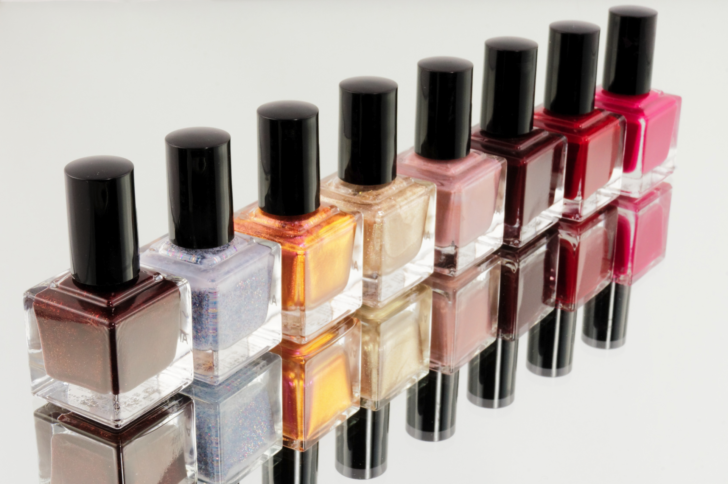Goldfinger: Nail polish with precious metal nanoparticles

Beeswax, egg white, gelatine and vegetable colors - 3000 BC, these were the proven ingredients for nail polish in China. Nowadays, the composition may be a little more sophisticated.
Scientists from the Center for Nanointegration (CENIDE) of the University of Duisburg-Essen (UDE) have provided nail polish with gold nanoparticles. This has optical qualities, but also promises new opportunities in medical applications. .
The most expensive nail polish in the world is black. It contains the finest black diamonds and costs 205,000 Euros. Cheaper are trend colors called "Moon Rock" or "Sold Out Forever". Behind the melodious product names usually lies titanium dioxide for the opacity as well as coloring pigments. But transparent nail polish with real precious metal particles is something Marcus Lau and Friedrich Waag, chemists at the chair of Prof. Dr.-Ing. Stephan Barcikowski, have never seen before.
In the lab, they placed gold particles in a beaker and covered it with transparent nail polish from the drugstore. Then a high-power laser was used: it runs evenly over the precious metal in the liquid and bursts out tiny particles. These nanoparticles are distributed evenly and without further chemical additives in the paint. The application also works: "It dries only a little slower," says Lau. However, anyone expecting metallic gold shimmering nails, will be disappointed: "Nanogold is red to violet. This is due to altered optical properties of particles smaller than the wavelengths of visible light. "
The same manufacturing principle works well with other metals, eg. Silver or Platinum. Further experiments have also shown that silver particles in the lacquer release corresponding ions which can have a germicidal effect and may therefore be suitable for the treatment of nail infections.In general, high-purity nanoparticles are ideal for coatings - especially in medicine: their appearance is free of deposits and impurities. Because of their large surface area, for example, they can release medically active ions on implants over a longer period of time. The possible applications are therefore widely scattered: from Goldfinger to Goldhip.
Source: http://www.chemie.de/news/162715/goldfinger-nagellack-mit-edelmetall-nanopartikeln.html / Innovation Society, St. Gallen